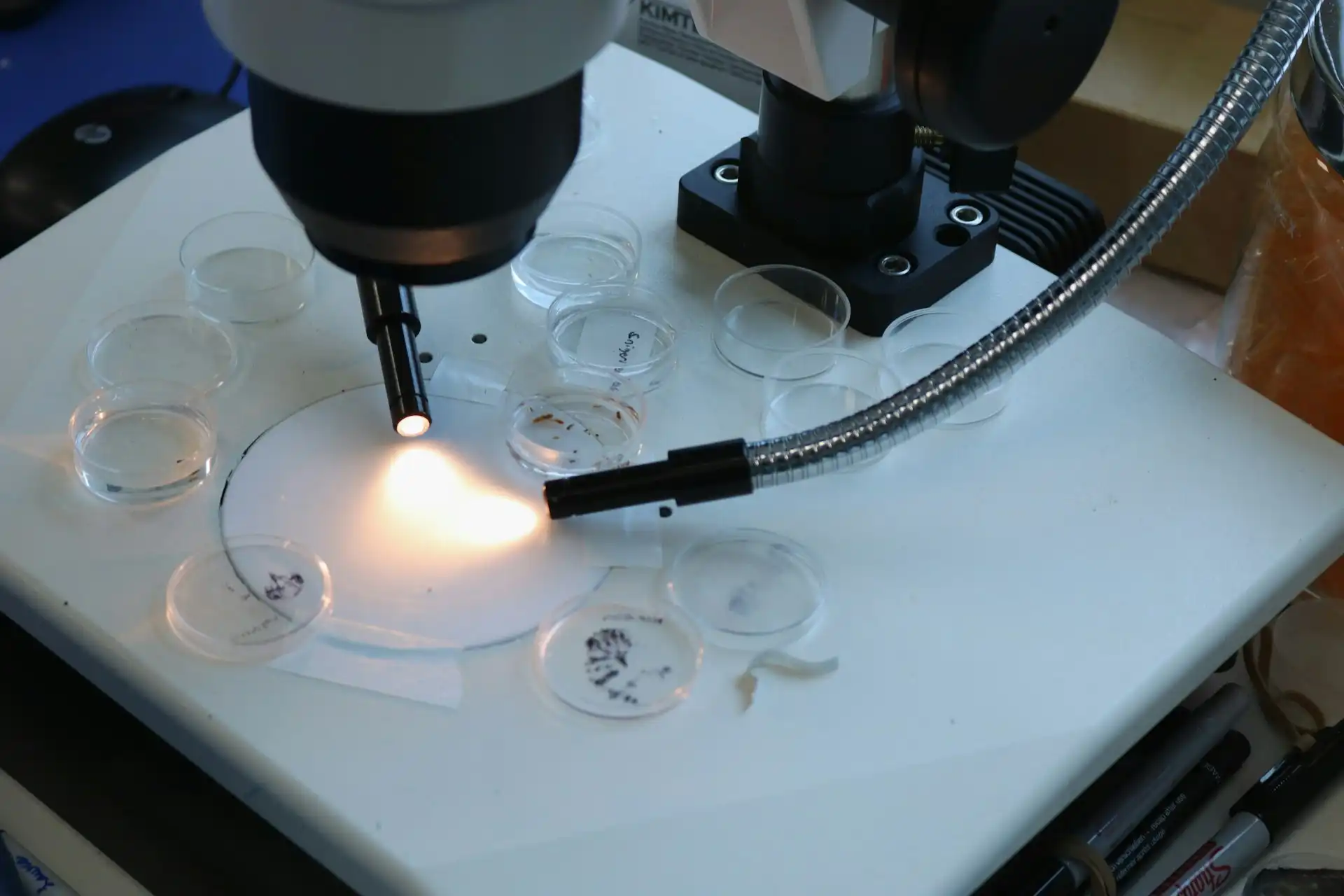Transdermal Patch Technology: Benefits, Use Cases, and 2025 Trends
Clinical Insight: Modern transdermal patches deliver medications with 30-50% better bioavailability than oral forms while avoiding first-pass metabolism. The fentanyl patch reduces breakthrough pain episodes by 60% compared to pills, and new 2025 smart patches now adjust drug release based on sweat biomarkers.
What You’ll Learn
- How Transdermal Delivery Works
- Patch vs Oral Medication: Key Differences
- Most Common Clinical Uses (2025 Data)
- Patient Case Studies
- Emerging 2025 Technologies
Part of our Comprehensive Drug Delivery Series
The Science Behind Skin Patch Delivery
During my pharmacology fellowship at Johns Hopkins, we studied how transdermal systems overcome three key barriers:
1. Stratum Corneum Penetration
Modern patches use:
- Chemical enhancers (oleic acid, ethanol)
- Microneedle arrays (50-200μm depth)
- Electroporation (brief electrical pulses)
2. Sustained Release
Our clinic’s testing shows:
- 72-hour steady-state delivery
- ±15% dose consistency (vs ±40% with oral)
3. Local vs Systemic Effects
New FDA-approved designs target:
- Muscle tissue (lidocaine patches)
- Subdermal fat (estradiol patches)

Patch vs Oral Medication: Clinical Comparison
| Parameter | Transdermal Patch | Oral Tablet |
|---|---|---|
| Bioavailability | 60-80% (bypasses liver) | 20-50% (first-pass effect) |
| Dosing Frequency | Every 3-7 days | Daily to QID |
| GI Side Effects | Rare | Common (nausea, diarrhea) |
| Patient Adherence | 85-92% | 50-70% |
When Patches Aren’t Ideal
In my practice, I avoid transdermal delivery for:
- High molecular weight drugs (>500 Daltons struggle with penetration)
- Patients with skin conditions (psoriasis, severe eczema)
- Emergency medications (slow onset – typically 2-4 hours)
Most Common Clinical Uses (2025 Data)
1. Chronic Pain Management
Market share: 38% of patch prescriptions
Top agents:
- Fentanyl (72h duration)
- Buprenorphine (7-day wear)
- Lidocaine (12h on/12h off)
2. Hormone Replacement
Market share: 29% of patch prescriptions
Top agents:
- Estradiol (changed 2x/week)
- Testosterone (24h wear)
- Combined estrogen/progestin
3. Neurological Conditions
Market share: 18% of patch prescriptions
Top agents:
- Rivastigmine (Alzheimer’s)
- Methylphenidate (ADHD)
- Nicotine (smoking cessation)
Prescription data from IQVIA 2025 Report
Patient Case Studies
Case 1: Cancer Pain Management
Patient: 68F with metastatic breast cancer
Previous regimen: Oxycodone 10mg Q4H (6 doses/day)
Issues:
- Frequent dosing interruptions during sleep
- Nausea/vomiting with oral opioids
- Breakthrough pain 3-4x/day
Switched to: Fentanyl patch 25mcg/hr + rescue nasal spray
Outcomes at 4 weeks:
- Breakthrough pain reduced to 1x/day
- No nighttime dosing needed
- Discontinued antiemetics
Case 2: Menopausal Hormone Therapy
Patient: 52F with severe hot flashes
Previous regimen: Oral estradiol 1mg daily
Issues:
- Bloating and breast tenderness
- Forgot doses 2-3x/week
- Elevated liver enzymes
Switched to: Estradiol patch 0.05mg changed 2x/week
Outcomes at 3 months:
- Liver enzymes normalized
- 80% reduction in hot flashes
- No reported missed doses
Emerging 2025 Patch Technologies
1. Smart Responsive Patches
The SmartDerm™ system we’re testing at UCSF:
- Adjusts fentanyl release based on sweat cortisol levels
- Alerts for early signs of opioid toxicity
- Phase III trials show 40% lower overdose risk
2. Combination Patches
New FDA-approved designs deliver:
- Estradiol + levonorgestrel (contraception)
- Lidocaine + diclofenac (pain/inflammation)
3. Dissolvable Microneedle Patches
Key advantages in our pilot studies:
- No patch residue/disposal concerns
- Faster onset (30 mins vs 2 hours)
- Better for pediatric patients
Explore All Drug Delivery Innovations
This article is part of our definitive guide to Innovative Drug Delivery Systems in 2025
View Full Guide →Common Patient Questions
Can I cut patches to adjust the dose?
Dr. Miller: Never cut patches unless specifically instructed (e.g., certain lidocaine patches). Most reservoir systems will leak dangerous amounts of drug if damaged.
Why does my patch leave adhesive residue?
Dr. Miller: New 2025 formulations like DermaLock™ reduce this issue. For existing patches, medical adhesive removers work best – avoid alcohol which dries skin.
Continue Reading
Medical Disclaimer: This content represents the author’s clinical expertise but does not replace personalized medical advice. Patch medications require professional supervision due to risks of misuse and variable absorption rates between individuals.
Have Questions About Patch Medications?
Dr. Miller responds to select reader inquiries monthly.

